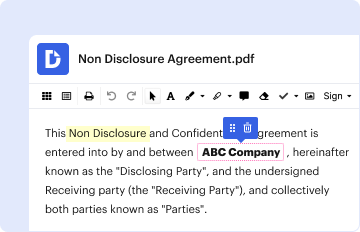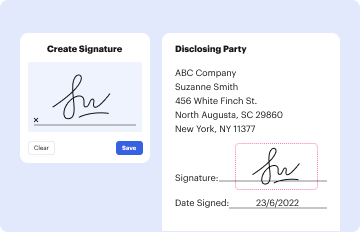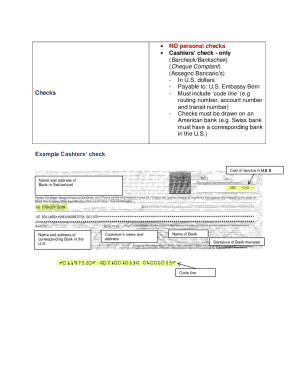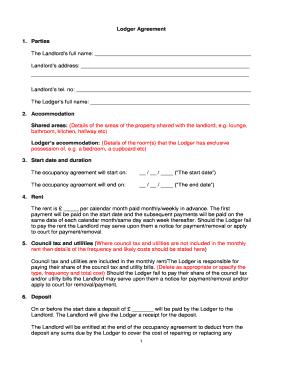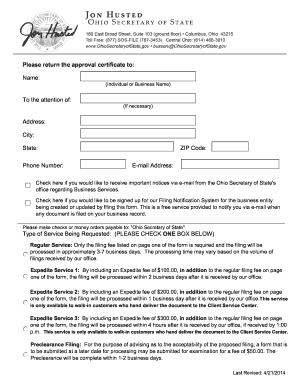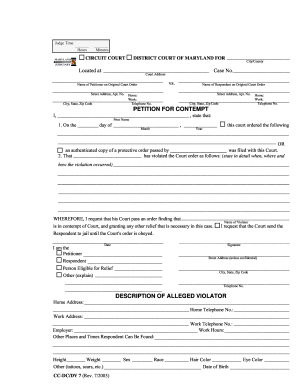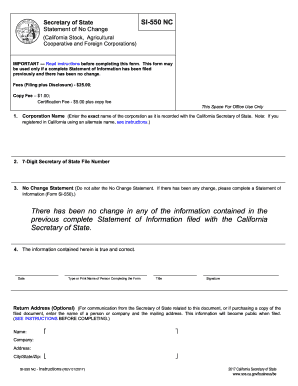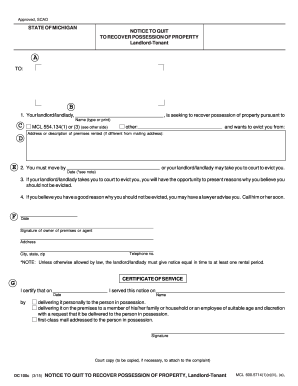Definition & Meaning of the Structured ABC Data Sheet
The structured ABC data sheet is a specialized tool used to systematically record and analyze specific behaviors of concern, particularly in children. ABC stands for Antecedent-Behavior-Consequence, which refers to the framework utilized in behavioral analysis. The data sheet provides a structured format that allows caregivers and professionals to note the precise occurrences of behaviors, their triggers, and the results or responses that follow. This tool is crucial for understanding patterns and identifying potential interventions.
- Antecedent: This refers to what happens before the behavior occurs. It can include specific situations, interactions, or environmental factors that prompt the behavior.
- Behavior: The specific action or reaction exhibited by the child. This should be described in observable terms to ensure clarity.
- Consequence: This covers what happens after the behavior, whether it is a reinforcement, punishment, or another outcome that may influence future behavior.
Understanding these components allows caregivers to develop effective strategies for addressing behavior by modifying antecedents or consequences.
Key Elements of the Structured ABC Data Sheet
A structured ABC data sheet typically includes various critical components that enhance its effectiveness in behavior analysis. Each element serves a distinct purpose in capturing essential data.
- Section for Listing Behaviors: This part allows for the comprehensive detailing of behaviors of concern. Users should ensure to record behaviors in specific, measurable terms.
- Location Tracking: Recording where each behavior occurs helps in identifying environmental influences. This might include locations like home, school, or public settings.
- Identifying Triggers: Documenting antecedents provides insight into potential catalysts for the behavior, which is key for preventive measures.
- Consequence Recognition: Noting the aftermath of behaviors helps determine whether they are reinforced or discouraged, aiding in developing effective responses.
- Time and Date Stamping: Logging the exact time and date of each incident allows for identifying patterns over time. This can help in evaluating the effectiveness of interventions.
Each of these elements contributes to a comprehensive understanding of behavior and facilitates the tailoring of interventions.
Step-by-Step Process for Using the Structured ABC Data Sheet
Using the structured ABC data sheet effectively involves several steps that guide caregivers and professionals in gathering pertinent data.
- Preparation: Before using the sheet, ensure all necessary materials are available. This may include the data sheet itself, writing instruments, and a quiet environment for accurate observation.
- Direct Observation: Monitor the individual in relevant settings. When a behavior of concern is observed, take note of it immediately, as this ensures accuracy.
- Documenting Data: Fill in the ABC data sheet as behaviors occur:
- Record the antecedent (what happened directly before the behavior).
- Clearly describe the observed behavior itself.
- Note the consequences that follow shortly after the behavior.
- Analysis: After data collection, analyze the information gathered. Look for patterns in triggers and consequences that may inform interventions.
- Review and Adjust: Periodically review the data sheet to evaluate the effectiveness of interventions. Adjust strategies as necessary based on ongoing observations.
This methodical approach ensures that data collection is both thorough and useful for behavior intervention strategies.
Real-World Scenarios for Employing the Structured ABC Data Sheet
Implementing the structured ABC data sheet can lead to informed decision-making in various real-world contexts. Here are some examples:
- Behavioral Challenges in School Settings: A teacher observing a student frequently shouting during group work could use the data sheet to determine whether outbursts occur more frequently after certain antecedents, such as group misunderstandings or specific peer interactions.
- Home Environments: Parents might track their child’s aggressive reactions when sharing toys. By noting antecedents, such as sibling interactions, and consequences, like parental attention, they can develop strategies to encourage sharing.
- Therapeutic Settings: Therapists can utilize the structured ABC sheet to gather comprehensive data from clients dealing with anxiety. Noting specific triggers and subsequent behaviors can inform treatment plans tailored to the individual’s needs.
These scenarios illustrate how the structured ABC data sheet facilitates targeted behavior interventions across settings.
Importance of Analyzing Data From the Structured ABC Data Sheet
Analyzing data gathered from the structured ABC data sheet provides significant insights that inform behavior management strategies. This analysis helps to:
- Identify Patterns: By reviewing aggregated data, patterns may emerge, indicating the most common antecedents tied to specific behaviors.
- Tailor Interventions: Understanding the relationship between antecedents, behaviors, and consequences permits caregivers to create customized intervention strategies that are built on solid evidence.
- Monitor Progress: Regular analysis of trends over time enables caregivers and professionals to evaluate the effectiveness of their interventions and make necessary adjustments.
- Enhance Communication: Having clear data allows for better communication with other stakeholders, such as teachers, therapists, or other caregivers, fostering collaborative strategies for behavior management.
Engaging in this analytical process is vital for successful long-term outcomes.
Frequently Used Terms Associated with the Structured ABC Data Sheet
Familiarity with certain terms related to the structured ABC data sheet can enhance understanding and effective utilization of this tool. Key terms include:
- Behavior Intervention Plan (BIP): A structured approach designed to address behavior problems by utilizing data from ABC analysis to create positive behavior support strategies.
- Reinforcement: Any consequence following a behavior that increases the likelihood of the behavior occurring again. This can be positive, through rewards, or negative, by removing unpleasant stimuli.
- Functional Behavior Assessment (FBA): A process that utilizes information from ABC data sheets to determine the underlying causes of behaviors and inform intervention strategies.
- Baseline Data: The initial data collected prior to implementing any interventions, serving as a comparison point for measuring progress.
Understanding these terms can empower caregivers and professionals when utilizing the structured ABC data sheet effectively.

